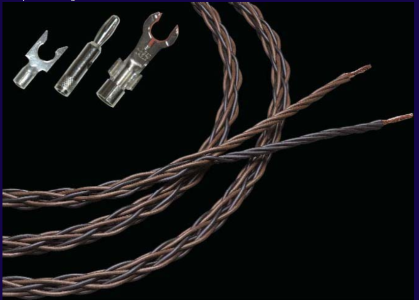balavignesh002
Well-Known Member
These days could find solid copper wires of this gauge on any of local stores or any online market in India, At least to my reach I couldn't.
So found these on EBAY finally and got these imported.
These are solid copper 14 AWG wires with PVC insulation. Just thought of trying to make a speaker cable and compare with my existing set of speaker cables.
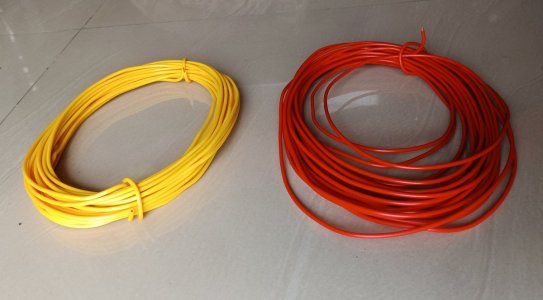
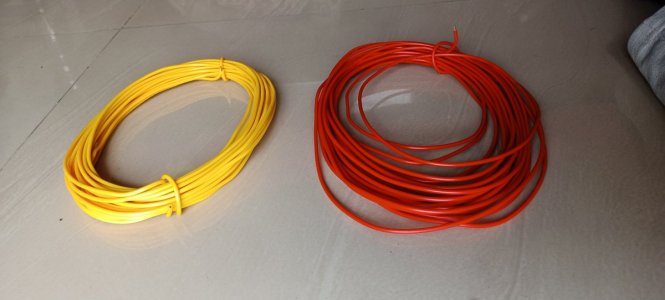
Just kept it simple and twisted them on hand to make a set of twisted pairs. Terminated one end using a banana plug and the other side left it bare copper.
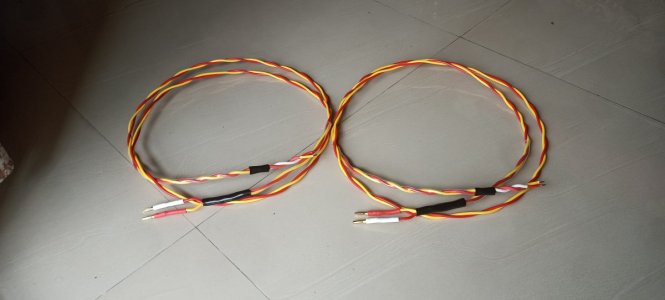
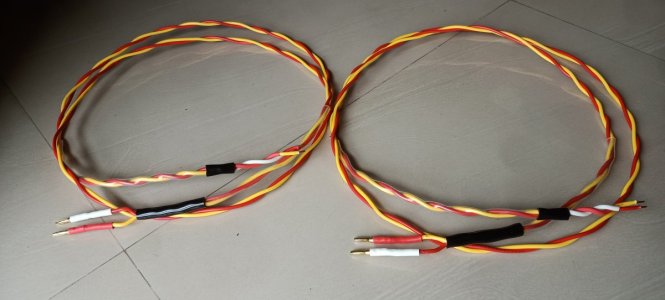
This cable gives me a feeling that it sounds totally different and better what ever cables I have used so far.
I really need to give a serious thought on this.
So found these on EBAY finally and got these imported.
These are solid copper 14 AWG wires with PVC insulation. Just thought of trying to make a speaker cable and compare with my existing set of speaker cables.


Just kept it simple and twisted them on hand to make a set of twisted pairs. Terminated one end using a banana plug and the other side left it bare copper.


This cable gives me a feeling that it sounds totally different and better what ever cables I have used so far.
I really need to give a serious thought on this.


